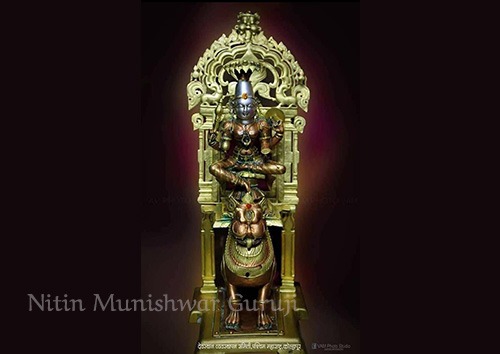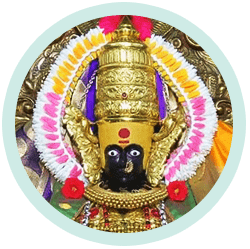

History of the temple

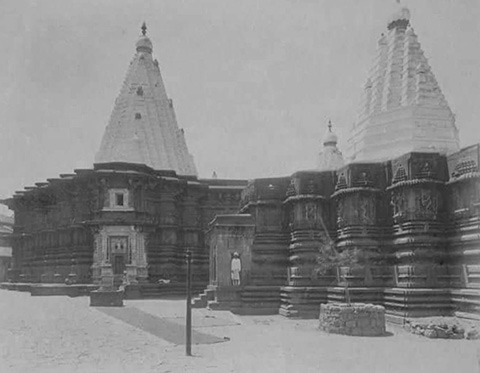
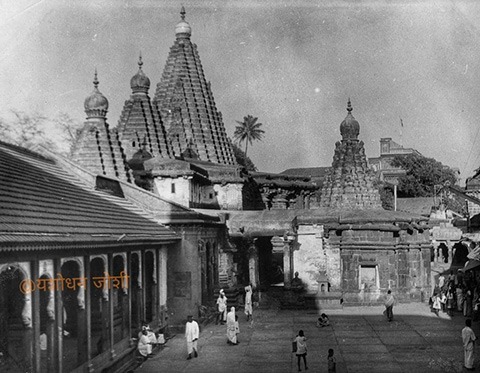
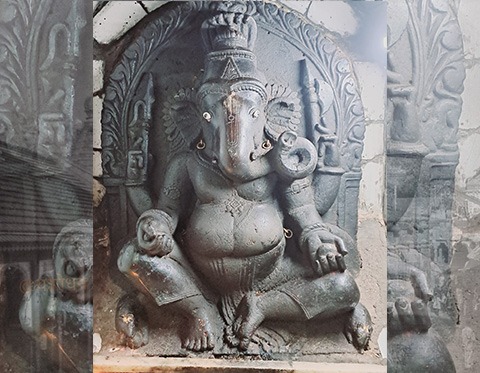
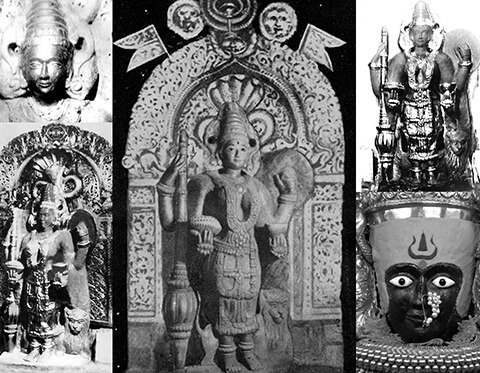
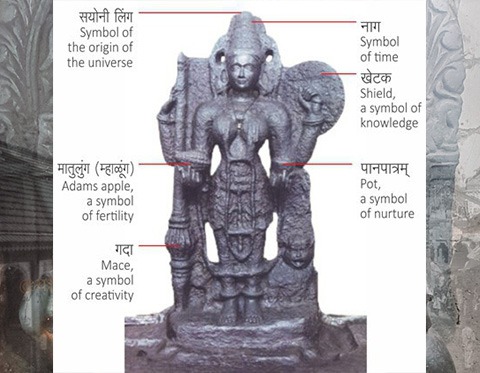
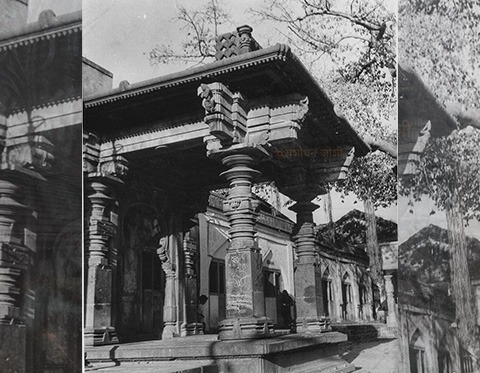
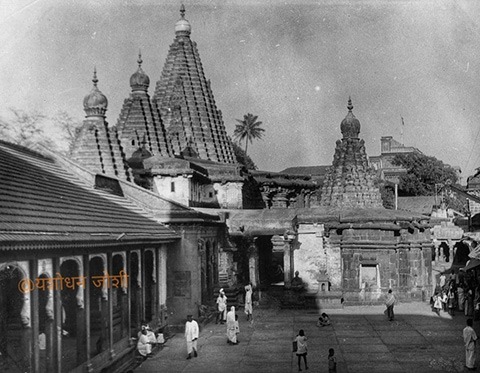
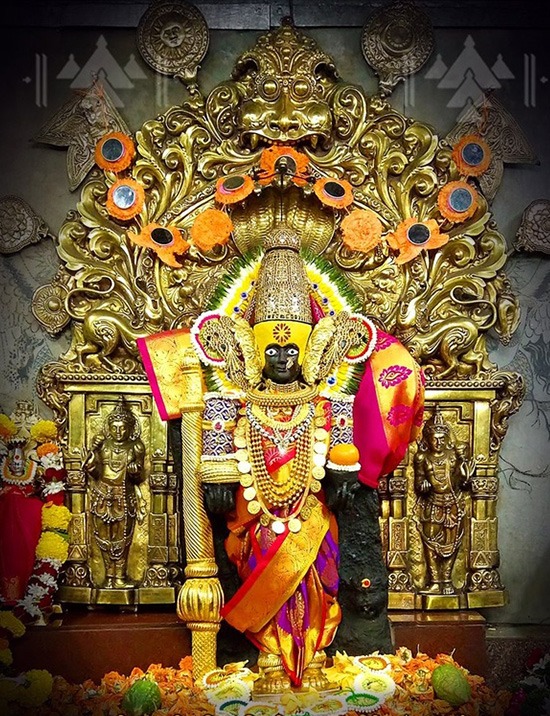
Mythology
According to the Hindu mythology; there are five major ways through which gods are worshiped and they are
1) Shakta 2) Shaiva 3) Soura 4) Vaishnav & 5) Ganpatya
Every way has its own supreme god. And they have a concrete belief that their god invented this nature.
1. Shaktas worship god Shakti, 2. Shaivas worship god Shiva, 3. Souras worship god Sun, 4. Vaishnavas worship god Vishnu & 5. Ganpatyas worship god Ganesha.
Among these five gods, one being worshiped by Shaktas since ages is shakti. Shakti means goddess Mahalaxmi. In & around Kolhapur goddess Mahalaxmi is known as Ambabai.
According to Yoga shastra, human body contains the universe in it & is made of seven chakras. Every Chakra is controlled by some god or goddess. Mahalaxmi is the goddess of ‘Muladhar Chakra’.
The evidences of the greatness of the goddess can be found in famous mythological writings such as the Karveermahatmya, Devimahatmya, Vishnu Puran, Kedarvijay etc. If we try to discover the evidences mentioned in these famous writings, the destinations can still be found with same or another names. One thing is true, everything desires a sincere discovery and the world of miracles will be explored.
Temple Architecture
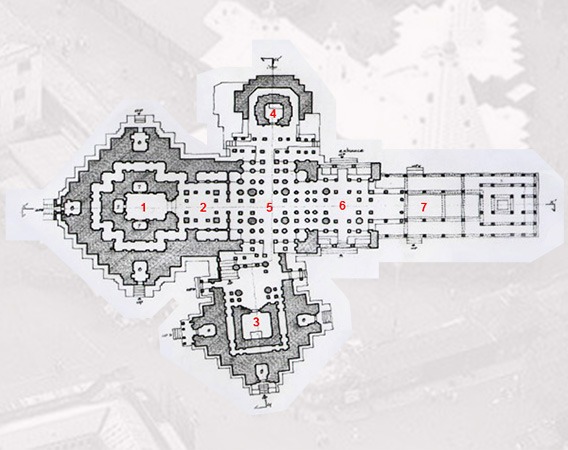
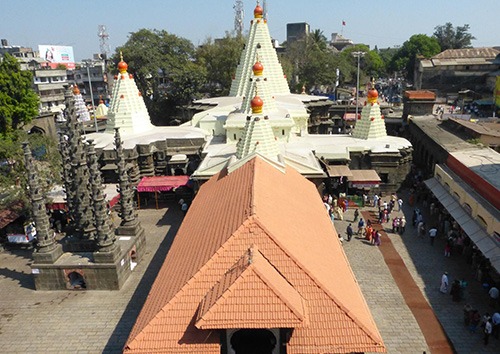
Temple Premises
Door Ways
The huge structure of Mahalaxmi Temple is accessible by four major ways.
The first is the Mahadwar. This is the main entrance of the temple.
Second is Uttar darwaza (the northern door) which is popularly known as a ghati darwaza. A massive bell is installed here which was donated by the then Chhatrapati of Kolhapur sansthan.
Third is Poorv Darwaza (the eastern door). This door has a direct opening to the old palace premises. A historical monument and the only Maratha kind of architecture existing today.
Fourth is Dakshin Darwaza (Southern door).
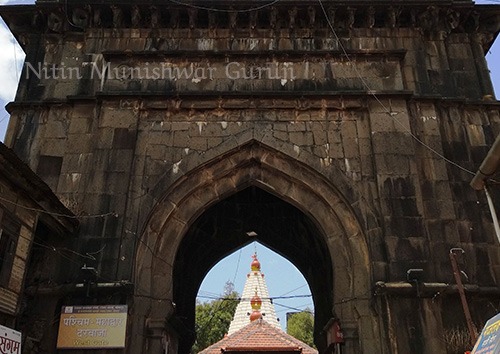
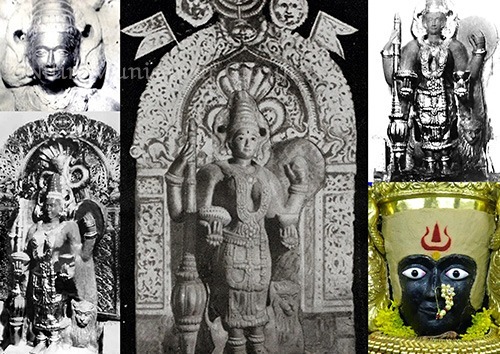
The Idol
Utsav Murti
